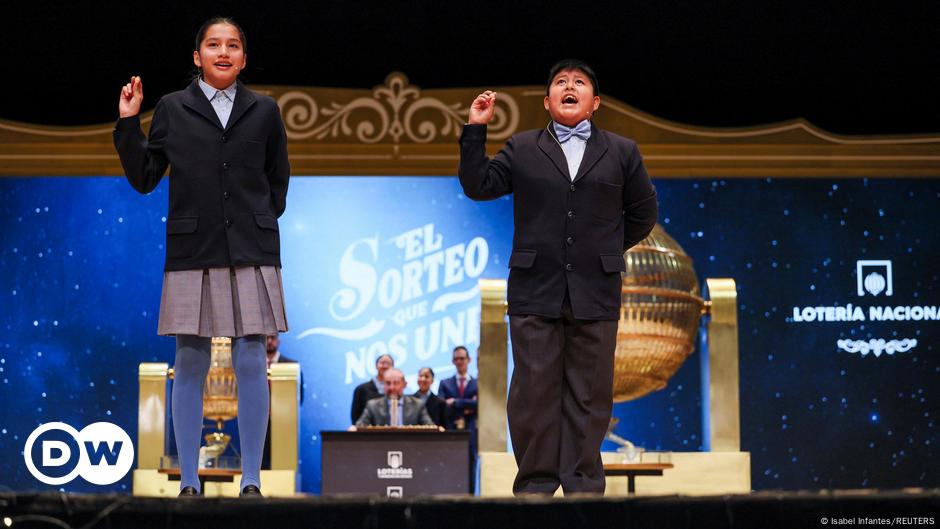World
How Paris Olympics developed one of the world’s fastest tracks – using mussel shells

With a tap of his walking stick on the newly unveiled track, the legendary American long-jumper Bob Beaman signalled on Friday morning that the Olympic athletics programme was under way. An expectant 70,000 crowd were also in place and, among the watching millions around the world, we can safely assume that there was one common question: Why the purple track?
The eye-catching surface has been newly laid inside the Stade de France and, by working with a Sardianian fish farming company to incorporate seashells among its compound materials, the company Mondo claim to have merged sustainability with their fastest ever track.
The early verdict of the athletes was also favourable. “That track is definitely quick,” said Josh Kerr, the captain of the British athletics team after winning his 1500m heat in a lively 3min 35.83sec.
Jon Ridgeon, the chief executive of World Athletics, added: “The track is fast. Really fast. And the athletes are also coming here in sublime form. I really wouldn’t be surprised if we saw four or five world records.”
How is the Paris track different?
A modern prefabricated track essentially has an upper layer to ensure efficient water drainage and optimal foot contact above a lower layer designed to provide both cushioning and optimal energy return – or spring – to the athlete.
Manufacturer Mondo has an entire scientific research centre dedicated to the study of surfaces and biomechanics that includes a collaboration with an engineering laboratory at the University of Milan. This allows them to use machine learning to produce virtual prefabricated tracks before producing their actual prototypes.
There has also been particular focus on marrying the track surface to the evolution in carbon plated ‘super spikes’ with specially responsive foam.
Compared with their previous ‘Mondotrack’ version, which was first created for the Beijing 2008 Olympics, the key innovation in Paris can be found in the geometry of a new base design that includes special elliptical air cells.
According to Mondo, these allow the track to respond “smoothly and dynamically to every step, leap, or throw” and improves both absorption – important in injury prevention – but crucially also the energy return for athletes. The previous air cells were in the shape of hexagons and there is confidence that the modified version, with its lack of sharp edges, is more efficient. The latest incarnation has been named the ‘Mondotrack with Ellipse impulse technology’.
The new track took two months to make at the Mondo factory in Alba, Italy, and with a weight of almost 300 tons, has a total surface of 15,570m². A team of six technicians worked from March to June earlier this year to install the track. Its estimated cost is around £2 million.
Why purple?
Athletics tracks the world over are generally produced in that familiar red-brick clay colour. The blue that was most memorably evident in Berlin when Usain Bolt set his world records over 100 metres and 200m is also an increasingly popular alternative, including previously the Stade de France.
The organisers of Paris 2024, however, wanted something unique and, in their collaboration with World Athletics and the Olympic Broadcasting Services, settled on purple. One attraction was that purple had never been seen before – “this will allow the images of the Paris 2024 Games to be engraved in the memories of spectators, television viewers and athletes alike,” says Paris 24 – but there was also a belief that it would provide an optimal televisual experience.










